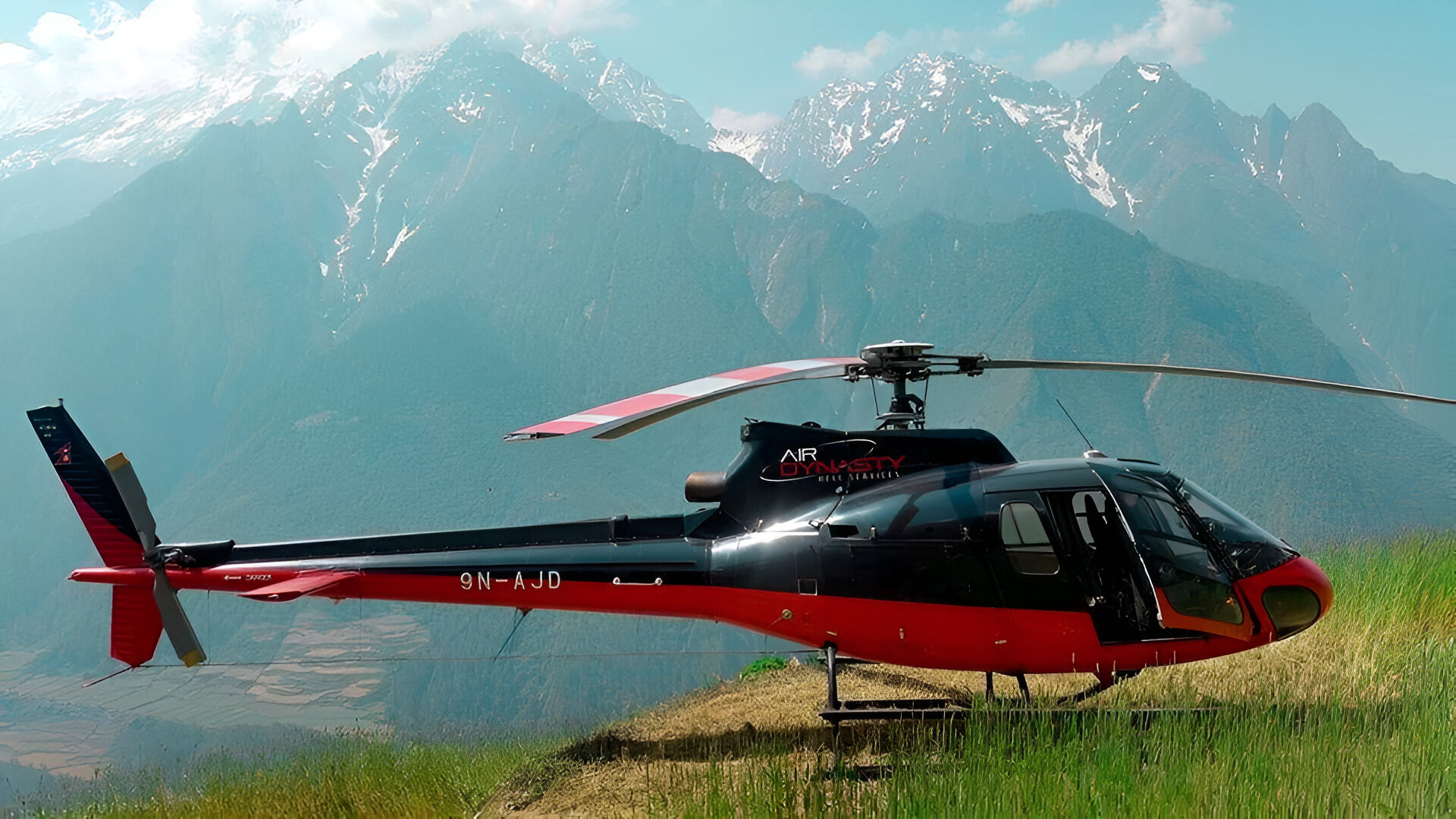The Maui sun beats down as tourists queue for their Instagram moment in the sky. They sign waivers without reading them, their hands trembling with equal parts excitement and anxiety. Few know they’re entering a regulatory twilight zone where safety improvements battle against profit margins daily.
Weather conditions and pilot judgment represent the Achilles’ heel of helicopter safety. The machines rarely fail catastrophically on their own—similar to how your smartphone doesn’t randomly combust but definitely dies when dropped in water.
Beyond the Brochure Statistics
The helicopter industry proudly touts its safety record, and compared to private planes, the numbers look reassuring. According to the U.S. Helicopter Safety Team (USHST) and NTSB data, the fatal accident rate for helicopters (0.73 per 100,000 flight hours) beats general aviation (1.049) handily.
But these statistics obscure a fundamental truth: NTSB investigations consistently show most helicopter accidents stem from preventable human errors, particularly flights continuing into deteriorating weather. Safety experts note that pilots often face pressure to complete tours that customers have paid hundreds or thousands of dollars for, creating a dangerous incentive to push weather limitations.
The Kobe Effect
When basketball legend Kobe Bryant’s helicopter crashed into a California hillside in January 2020, the NTSB investigation revealed an all-too-familiar pattern: pilot Ara Zobayan continued flight into poor visibility conditions, resulting in spatial disorientation and the subsequent crash.
The FAA’s regulatory response brought proposals for terrain awareness and warning systems and stricter rules for commercial helicopter operations. However, industry reports indicate that while some requirements have become mandatory, enforcement varies considerably, especially for non-ambulance helicopters.
Safety advocates point out that asking tour operators to self-regulate creates an inherent conflict between safety priorities and business pressures, particularly during peak tourist seasons when demand is highest.
Hawaii’s Deadly Paradise
No place better illustrates the helicopter safety paradox than Hawaii. According to recent reports, Hawaii has recorded 48 helicopter tour fatalities since 2000, placing it among the states with the highest concentration of such incidents. The islands’ breathtaking landscapes attract tourists willing to pay premium prices for aerial views, while unpredictable mountain weather creates challenging conditions.
Hawaii’s congressional delegation has pushed for specific air tour safety language in FAA measures. The National Weather Service and meteorological experts have documented how Hawaii’s topography creates rapidly changing microclimates that can dramatically reduce visibility without warning.
Asking the Right Questions
When booking helicopter tours, safety experts recommend consumers focus on safety records and weather cancellation policies rather than price and photo opportunities.
Aviation safety organizations advise passengers to research operators thoroughly before booking. Companies with transparent safety practices, extensive pilot training requirements, and conservative weather policies typically indicate a stronger safety culture, according to industry best practice guidelines.
The Future Takes Flight
As traditional helicopter operators navigate the tension between safety and profit, the future of aerial transportation seems poised for transformation. Technological advancements are paving the way for more efficient, safer, and ultimately more affordable options for aerial travel. One such breakthrough is the rise of electric VTOL aircraft, which promise to address many of the reliability issues faced by helicopters. More Affordable Private jets will likely add another layer to this transformation, offering consumers even more choices for private, on-demand flights at a lower cost. As the market shifts, the question remains: will these new options truly make air travel more accessible without compromising safety?
Until these aircraft become mainstream, helicopter passengers face a reality as stark as it is simple: safety comes from research, not luck. The breathtaking views might last a lifetime – assuming proper questions were asked before boarding.
As NTSB reports consistently conclude, the most critical safety factor in helicopter operations isn’t mechanical reliability but human decision-making, particularly regarding weather conditions and risk assessment.


















